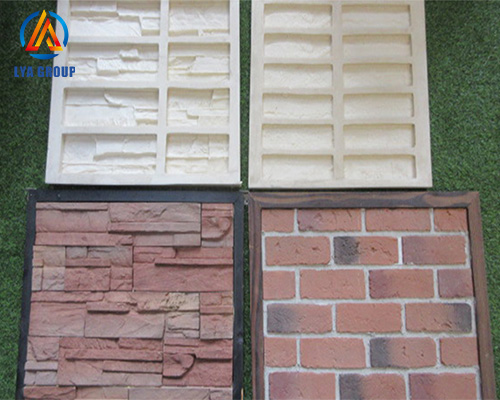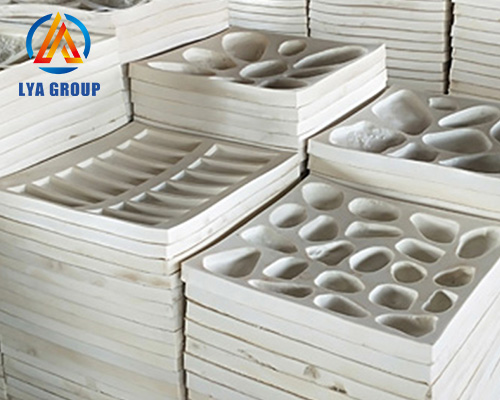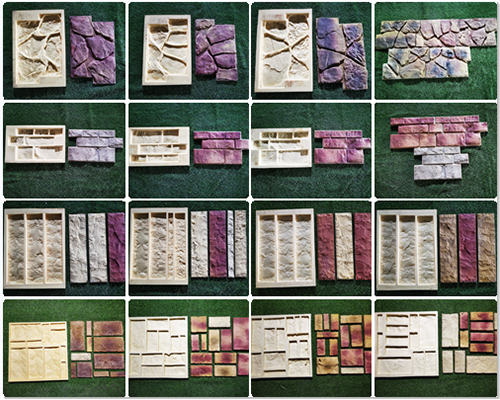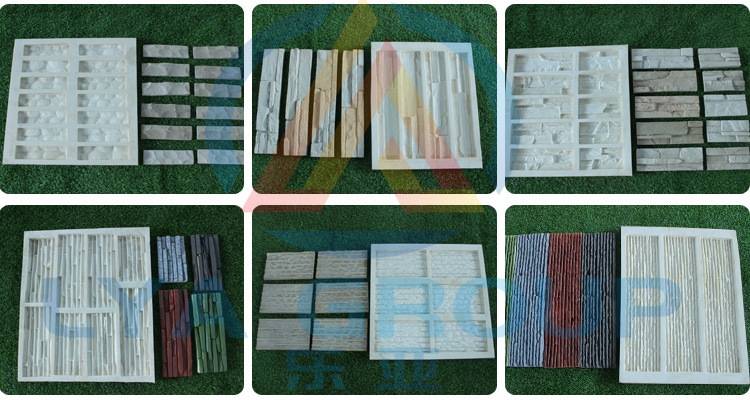What are the environmental requirements for making cultural stones?
News 2024年12月3日 112

The environmental requirements for making cultural stones can vary depending on the specific manufacturing process and the materials used. However, here are some general considerations and environmental requirements that are often associated with the production of cultural stones:
Energy Consumption: Cultural stone manufacturing processes typically require energy for activities such as crushing, grinding, mixing, and curing. Minimizing energy consumption and optimizing energy efficiency are important environmental considerations. Manufacturers may adopt energy-efficient equipment, implement process optimizations, or utilize renewable energy sources to reduce their carbon footprint.

Raw Material Sourcing: The extraction and sourcing of raw materials for cultural stones can have environmental implications. If natural stones are used as raw materials, responsible quarrying practices should be followed to minimize environmental impact. For artificial culture stones, manufacturers may use aggregates, cement, and other materials. It is important to choose suppliers that adhere to sustainable sourcing practices and prioritize environmentally friendly materials.
Waste Management: Proper waste management is crucial during the manufacturing process. This includes managing waste generated from cutting, shaping, and other fabrication processes. Manufacturers should implement recycling and waste reduction practices wherever possible. Additionally, appropriate disposal methods should be employed for any waste materials that cannot be recycled.

Water Usage: Some cultural stone manufacturing processes may require water for mixing, curing, or washing. Manufacturers should aim to minimize water consumption and implement water conservation measures. Water treatment systems can be employed to treat and recycle water used in the production process, reducing the strain on freshwater resources.
Emissions and Air Quality: Depending on the specific manufacturing processes and materials used, cultural stone production may generate emissions such as dust, particulate matter, and volatile organic compounds (VOCs). Proper ventilation systems, dust control measures, and emission control technologies should be implemented to minimize air pollution and maintain good air quality.

Compliance with Regulations: Cultural stone manufacturers must comply with environmental regulations and standards set by local authorities and governing bodies. This includes obtaining necessary permits, adhering to emission limits, and following guidelines for waste management and environmental protection.

It’s important to note that specific environmental requirements may vary depending on the location and regulations of the manufacturing facility. Responsible cultural stone manufacturers prioritize sustainable practices, resource efficiency, and environmental stewardship to minimize their impact on the environment.